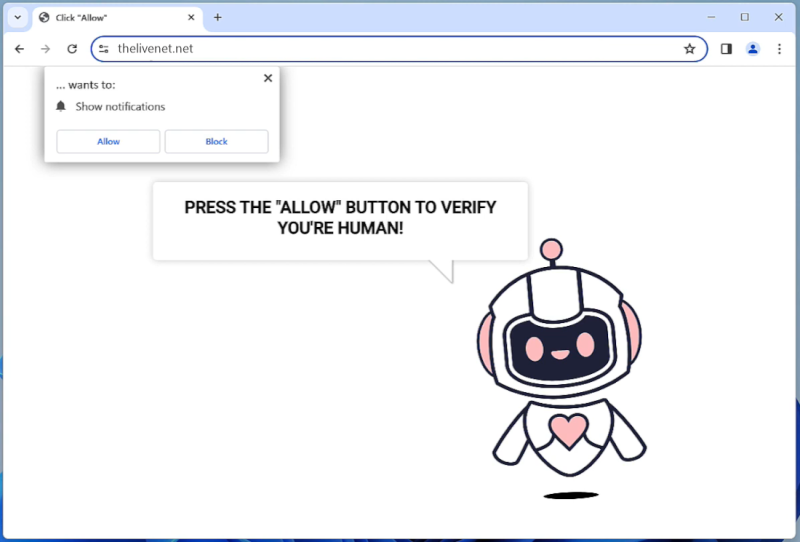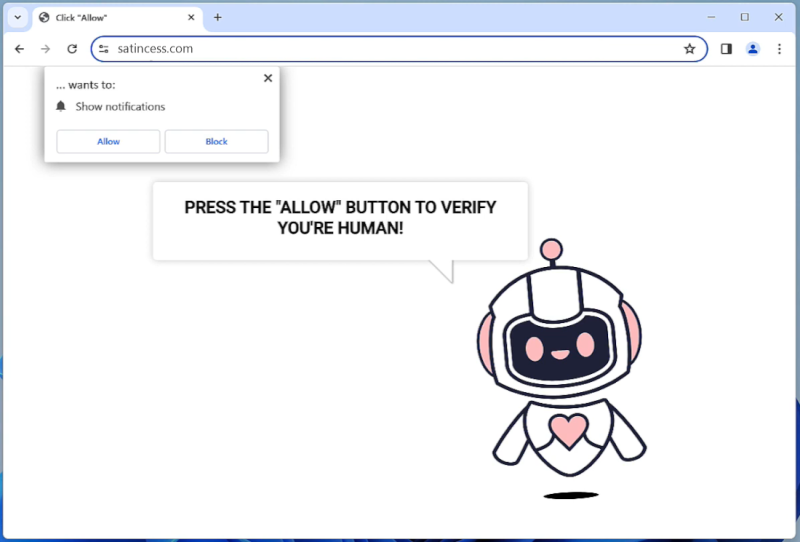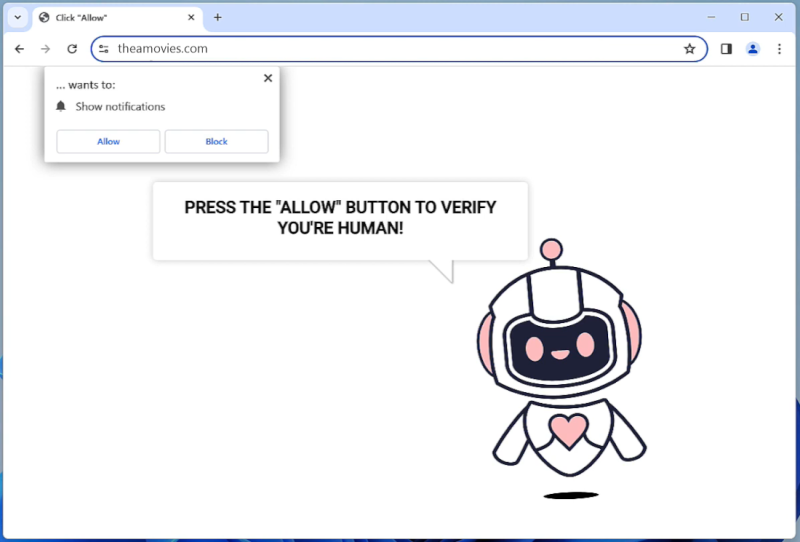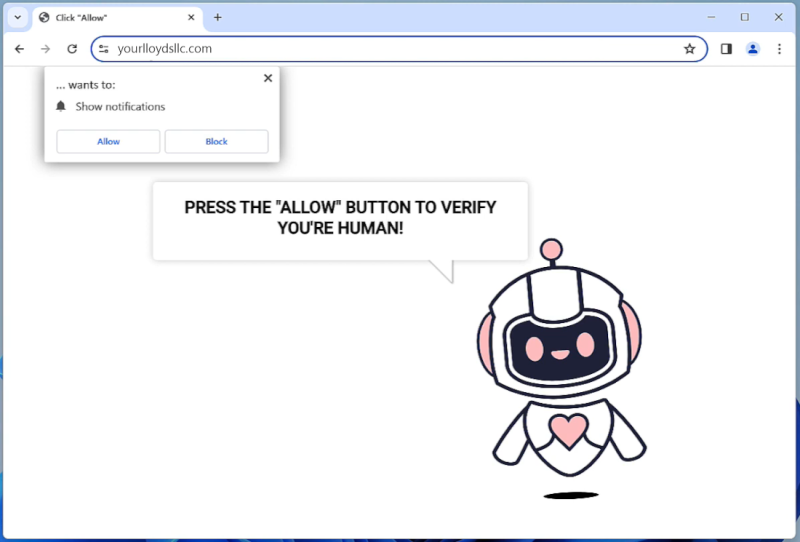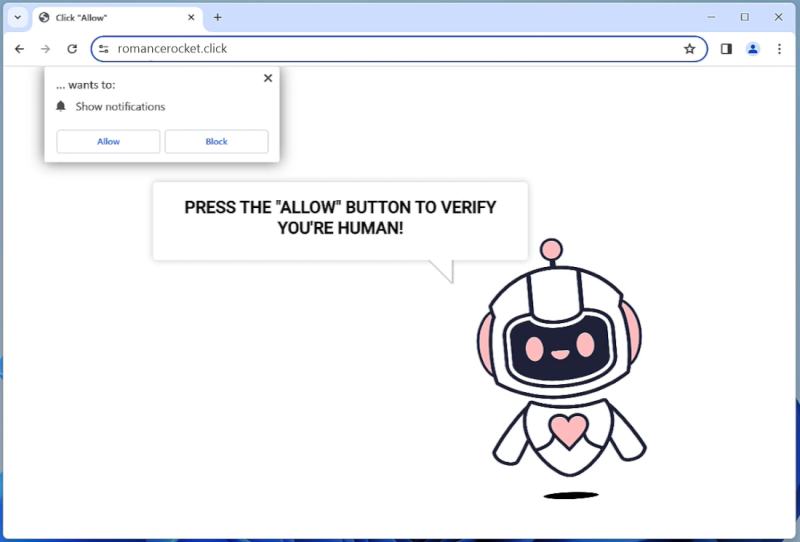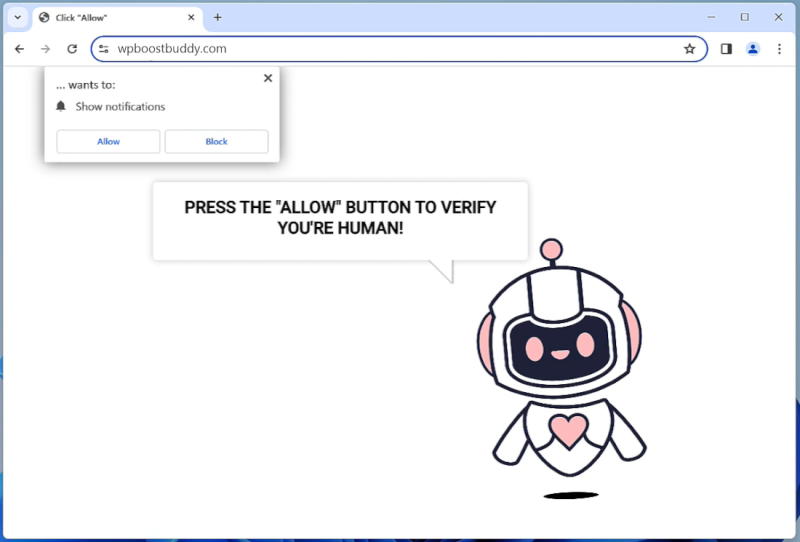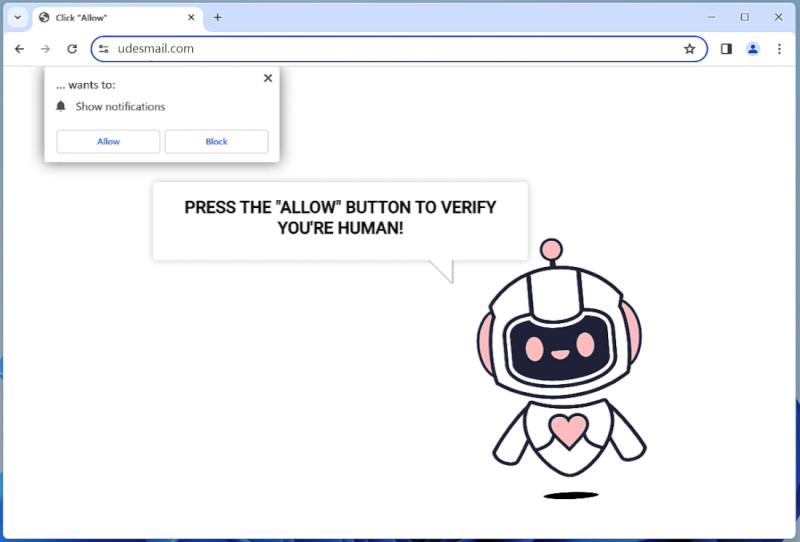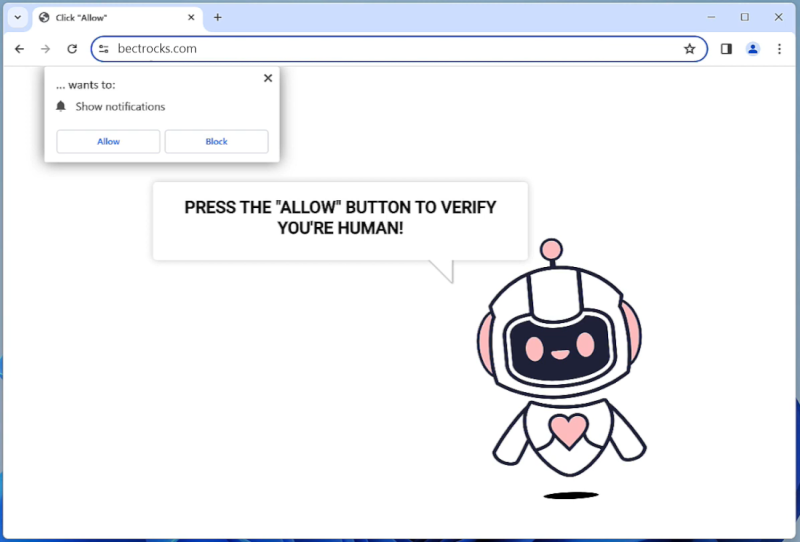Thelivenet.net is a malicious website that infects computers by tricking users into allowing browser notifications. Once a user visits the website, they may encounter a pop-up message claiming that they need to click ‘Allow’ to access the content. However, by doing so, they inadvertently grant permission for Thelivenet.net to send push notifications to their browser.
Thelivenet.net exploits browser notifications by sending unwanted advertisements, pop-ups, and redirecting users to other malicious websites. This can disrupt the user’s browsing experience and also expose them to potential security risks. The website can infect various browsers such as Google Chrome, Mozilla Firefox, and Safari, as well as different devices including desktop computers, laptops, and mobile devices. Users should be cautious when encountering unfamiliar websites and avoid clicking on suspicious notifications to prevent their devices from being infected by Thelivenet.net.

